EU Climate Forecast Points to a Drier Future
The pain, again, is in Spain — and in much of southern Europe.
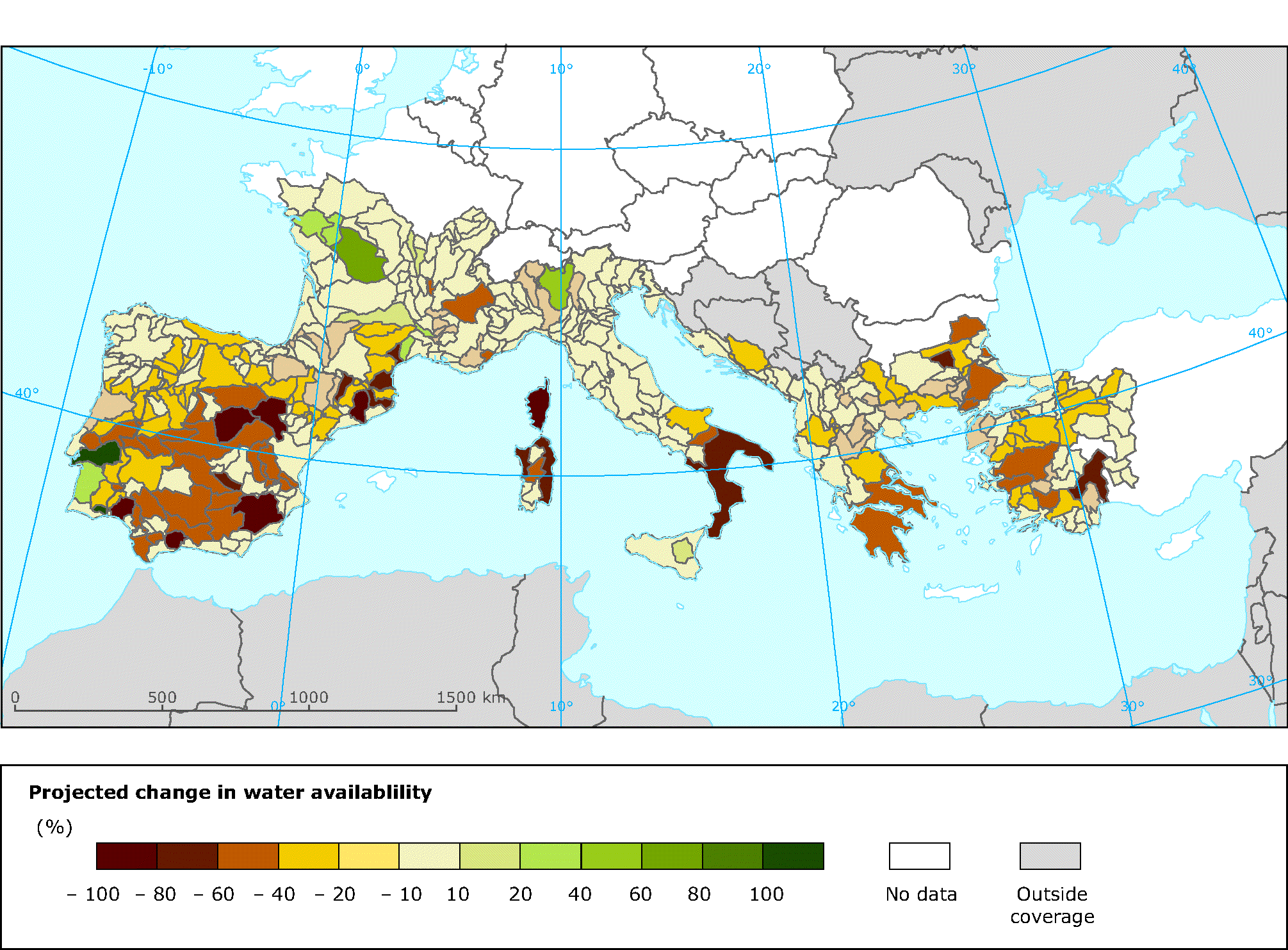
For a few years now, debt, bailouts and the threat of monetary collapse have stampeded across Europe. Analysts taking a longer view, however, should be worried about the continent’s natural capital, particularly its water resources.
The European Environment Agency, a European Union body, released two reports in the last week describing trends, projections and observed changes pertaining to climate change and water. Neither is particularly cheery, at least for southern Europe.
The map at the top is from the climate change report. It shows the projected changes in water availability in the 2071-2100 period, relative to the 1961-1990 average.
Even though those projections are many decades away, recent droughts give an idea of what might be in store. A 2004-05 drought in the Iberian Peninsula caused a 40 percent drop in cereals production. A longer drought in Spain’s Catalonia region from 2003 to 2007 resulted in a 40 percent decrease in hydropower generation. And in 2008, Catalonia and Cyprus resorted to importing drinking water in tanker ships because of low reservoirs.
Other energy sources are affected as well. Most of the nuclear plants in France are cooled using river water. When electricity demand soars and river levels drop, as happened in 2003, plant operators reduce output or even shut down.
A changing climate only exacerbates these problems. Other noteworthy graphics from the report include the loss of glacier mass that occurred in the last six decades:
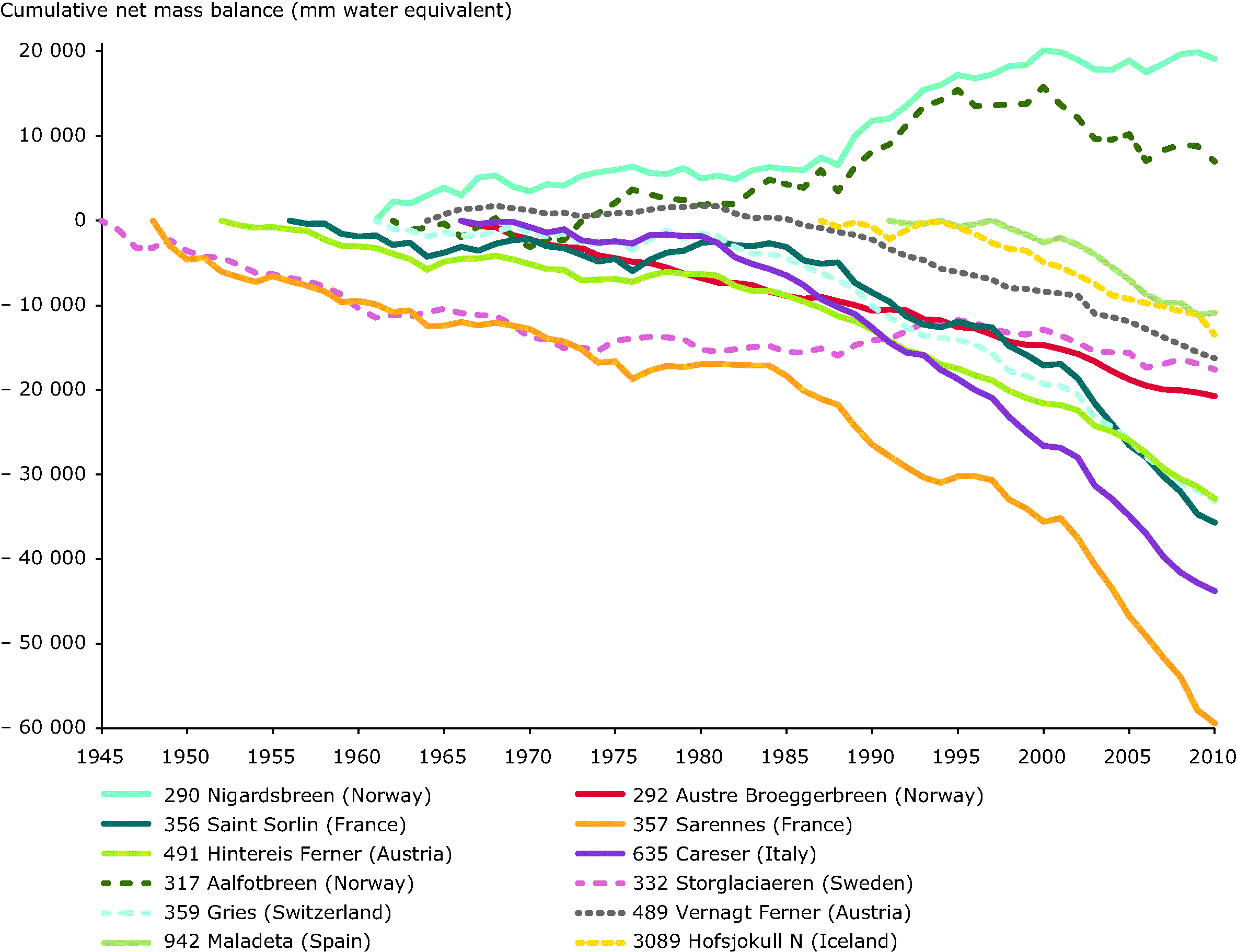
The projected decline in crop yields because of insufficient water:
And the projected change in annual and summer precipitation:
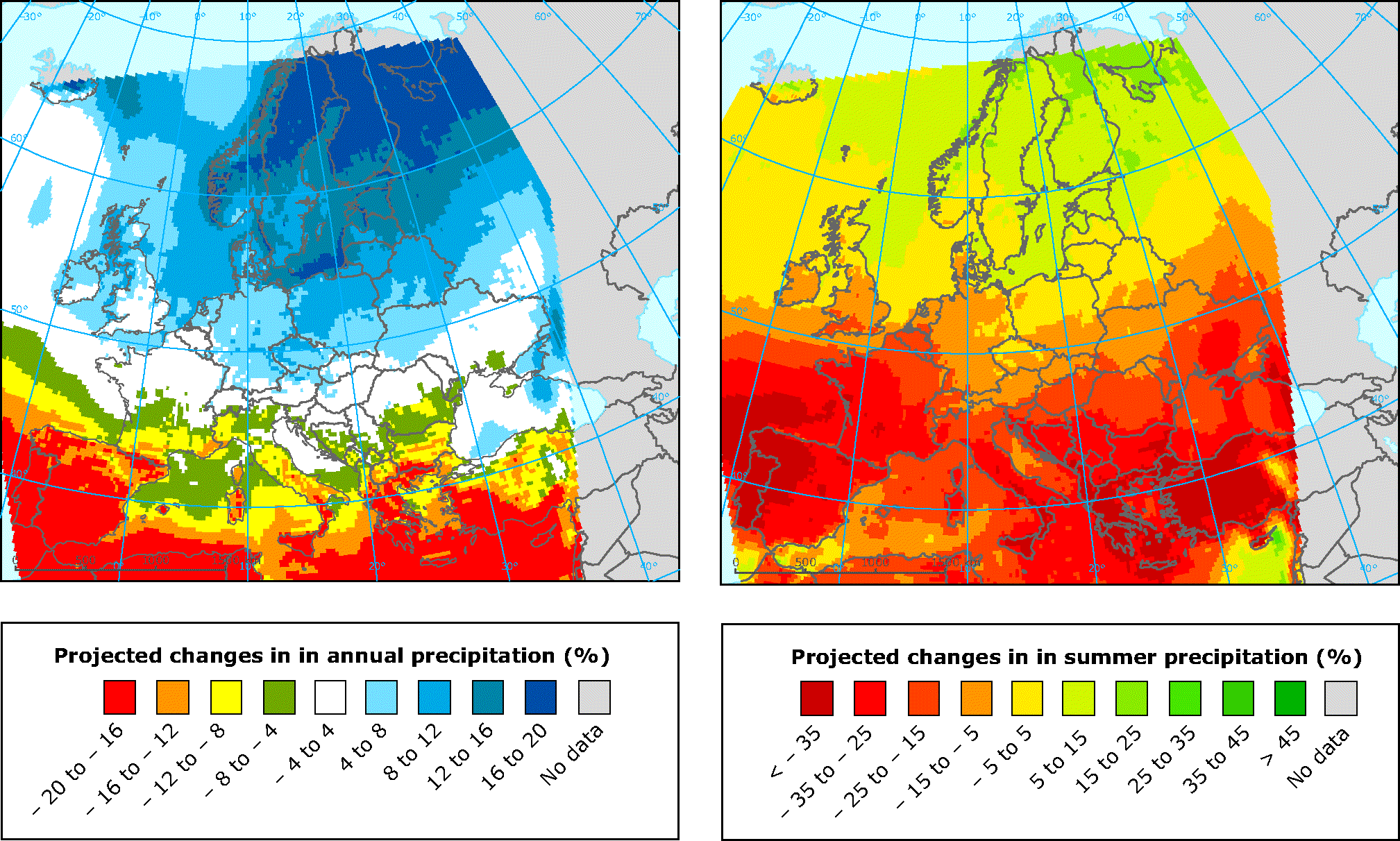
The second report, Water Resources in Europe in the Context of Vulnerability, looks what puts stress on water quantity: changes in land use, water withdrawals (mainly for agriculture), and climate change.
Among its many recommendations is connecting agricultural policy to water policy by tying subsidies to farmers under the EU’s Common Agriculture Policy to improvements in water quality and efficiency.
The report is one of three released this year to aid the European Commission’s water blueprint for Europe.
Brett writes about agriculture, energy, infrastructure, and the politics and economics of water in the United States. He also writes the Federal Water Tap, Circle of Blue’s weekly digest of U.S. government water news. He is the winner of two Society of Environmental Journalists reporting awards, one of the top honors in American environmental journalism: first place for explanatory reporting for a series on septic system pollution in the United States(2016) and third place for beat reporting in a small market (2014). He received the Sierra Club’s Distinguished Service Award in 2018. Brett lives in Seattle, where he hikes the mountains and bakes pies. Contact Brett Walton

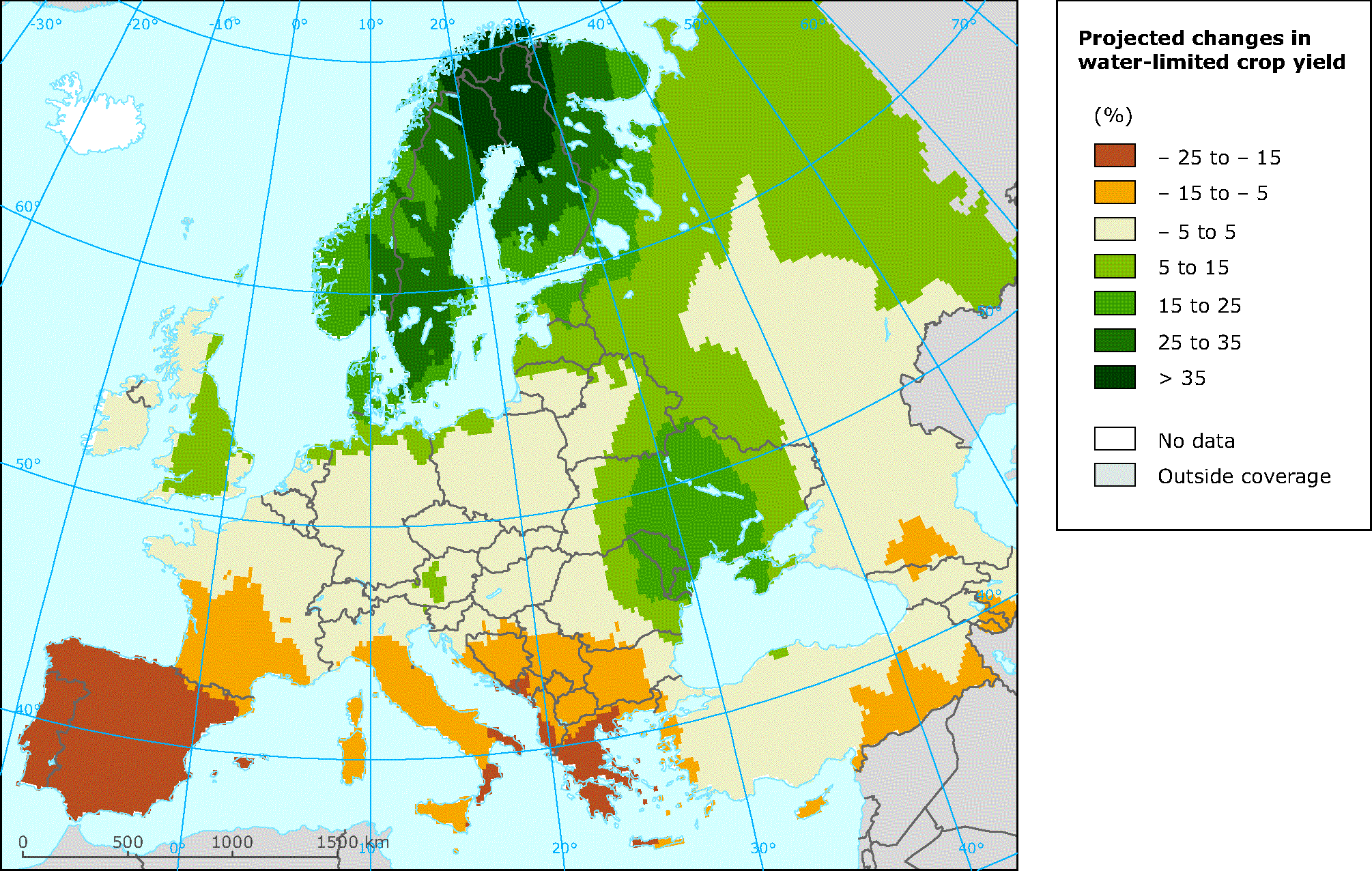

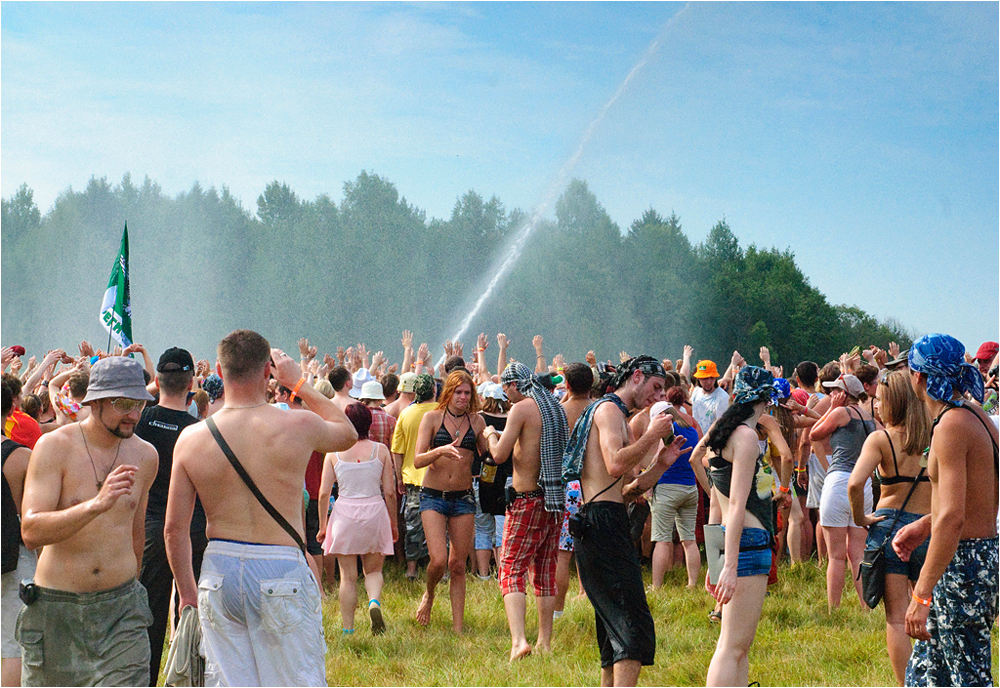

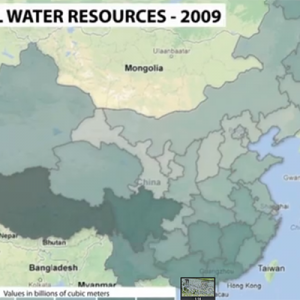
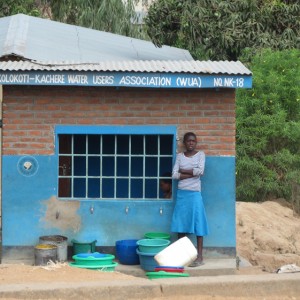
Leave a Reply
Want to join the discussion?Feel free to contribute!